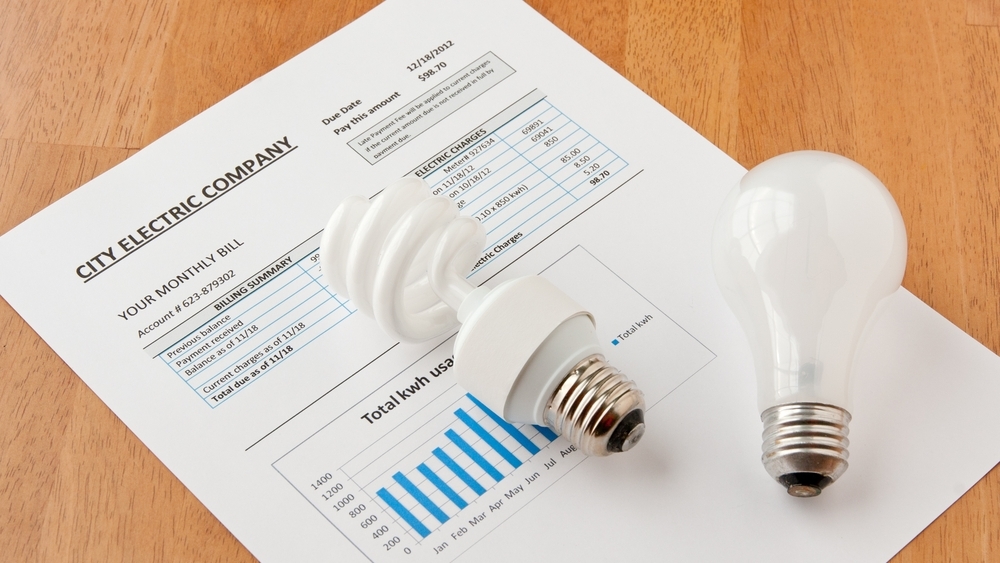For most homeowners, the sting of a sky-high electricity bill is more than enough to prompt their interest in energy savings. Check out these easy methods to help lower your monthly bills.
- Attic insulation. Most of the heat transference in a home occurs in the attic, whether it’s indoor heat escaping in winter or outdoor heat penetrating during summer. Checking the depth and coverage of your attic insulation is important for all seasons. Measure the depth of your insulation in a few different places. Also look for places over living areas of the house where insulation may be missing. Check online energy conservation sites to see what “R” factor insulation you have and if it is adequate for your part of the country. The “R” factor is a measure of resistance to heat transfer and has a direct impact on your energy usage. If you’re uncertain about doing this job yourself with rented equipment, consider hiring a professional. Ensuring that you have adequate attic insulation gives you more energy-savings bang for your buck than almost anything else.
- Window seals. Take a good look around the edges of your windows both inside and out. Look for any gaps in caulk or rubber seals. Re-caulk and reseal where necessary. The same thing applies to the rubber seals around the edges of your outside doors. Unless you have old, single-pane windows, you shouldn’t have to worry about replacement window costs.
- Get a programmable thermostat. Once you have a programmable thermostat you’ll wish you’d gotten one sooner. They make it easy to set the inside temperature to rise and fall on a schedule that mimics your family’s living, working and sleeping schedule. Why heat or cool the home when everyone is at work or school all day? Also, experiment with setting heating and air conditioning temperatures that test the limits of what you find comfortable. Combining this with a willingness to layer your clothing may save you a considerable amount of money.
- Use fluorescent and LED bulbs. Achieve double savings by switching to fluorescent and LED bulbs. First, they both use a fraction of the electricity of the old incandescent bulbs. In a typical house with fifty bulbs, switching to these more efficient lights can save about $100 per year in electricity costs. Second, fluorescent and LED bulbs rarely burn out. While they do cost more to buy than incandescent bulbs, they will often last for years without needing replacement. The combined energy savings and replacement costs make them well worth considering. No matter what kind of bulbs you use, turn off lights when you exit a room.
- Run a full load. That goes for the dishwasher and your washer and dryer. Because you’ll be using your machines less frequently, your savings will be considerable — on both electricity and water useage. With less wear and tear on your machines, you also will ultimately save on replacement costs. When you must buy replacement appliances, look for the blue “Energy Star” sticker designating that they have met the federal government’s energy efficiency standards.
- Cut the power to TVs, audio systems, computers not in use. Lurking in your home are silent energy thieves or so-called power vampires. Even when not in use, TVs, treadmills, computers and other electronics still use electricity to keep internal components powered up. Either unplug them when not in use or put them on a power strip that has an on-off switch you can easily flip.


